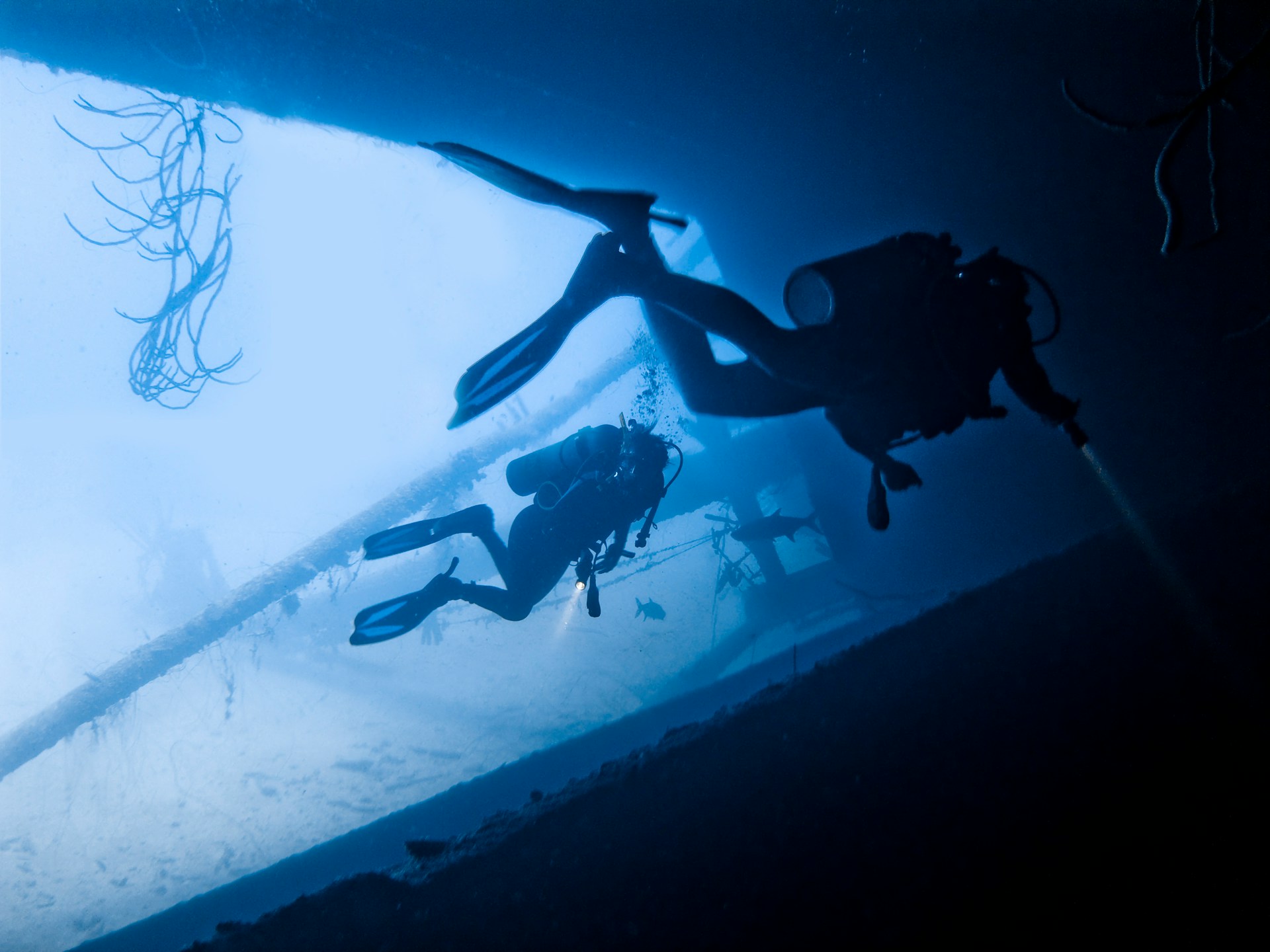The maritime domain is a vast and interconnected space that plays a crucial role in global trade, transportation, and resource extraction. However, this vast expanse also presents unique challenges in terms of security and safety. Underwater archaeology, the study of submerged cultural heritage, has emerged as a valuable tool for addressing these challenges and enhancing maritime security.
Locating and Identifying Underwater Hazards
Underwater archaeology can play a critical role in identifying and locating submerged hazards that pose threats to maritime safety and security. Shipwrecks, sunken vessels, and underwater mines can all pose significant risks to maritime traffic, causing accidents, environmental damage, and even loss of life. Underwater archaeologists possess specialized expertise in marine survey and investigation, enabling them to detect and map these hazards effectively. They utilize a variety of techniques, including side-scan sonar, magnetometers, and remotely operated vehicles (ROVs), to identify potential underwater threats.
Investigating Maritime Crime
Underwater archaeology can also contribute to maritime security by aiding in the investigation of maritime crime. Law enforcement agencies often rely on underwater archaeologists to recover and analyse evidence from shipwrecks and other underwater sites related to criminal activities, such as smuggling, piracy, and terrorism. Underwater archaeologists’ expertise in underwater excavation and artifact preservation is essential for gathering and preserving this valuable evidence.
Protecting Underwater Cultural Heritage
Underwater cultural heritage, including shipwrecks, submerged cities, and ancient artefacts, represents a significant part of human history and maritime traditions. However, these sites are also vulnerable to looting, destruction, and environmental degradation. Underwater archaeologists play a crucial role in protecting these underwater cultural treasures by identifying, documenting, and excavating them in a responsible and sustainable manner. Their work helps to ensure that these sites are preserved for future generations and can contribute to our understanding of maritime history and culture.
Providing Historical Context for Maritime Security Threats
Underwater archaeology can also provide valuable historical context for understanding current maritime security threats. By studying past maritime conflicts, trade routes, and cultural interactions, underwater archaeologists can identify patterns and trends that may inform present-day security assessments. Their insights can help policymakers and maritime security agencies develop strategies to prevent future threats and protect maritime assets.
Raising Public Awareness and Promoting International Cooperation
Underwater archaeology can also contribute to maritime security by raising public awareness of maritime issues and promoting international cooperation. By engaging the public in underwater archaeology projects and exhibitions, underwater archaeologists can educate people about the importance of maritime security and the vulnerability of underwater cultural heritage. This public engagement can foster a greater appreciation for maritime heritage and a stronger commitment to its protection.
Examples of Underwater Archaeology’s Contributions to Maritime Security
The contributions of underwater archaeology to maritime security have been demonstrated in numerous cases around the world. In 2012, underwater archaeologists helped to locate and identify the wreckage of a North Korean spy ship that sank off the coast of South Korea in 1983. This information proved instrumental in identifying the perpetrators of a terrorist attack that killed 68 South Korean sailors. In 2002, underwater archaeologists played a key role in investigating the sinking of the RMS Lusitania, a British passenger liner that was sunk by a German U-boat in 1915. Their investigation uncovered evidence of war crimes that had previously been denied by Germany.
Underwater archaeologists have also been actively involved in protecting underwater cultural heritage sites in areas of conflict, such as the Mediterranean Sea and the Red Sea. By working closely with international organizations and local communities, underwater archaeologists have been able to secure and preserve these submerged cultural treasures, ensuring that they remain a vital part of the maritime heritage of these regions.
Conclusion
Underwater archaeology, with its unique blend of scientific expertise, historical insights, and cultural sensitivity, offers a valuable and multifaceted contribution to maritime security. By locating and identifying underwater hazards, investigating maritime crime, protecting underwater cultural heritage, and providing historical context for maritime security threats, underwater archaeologists play a crucial role in safeguarding the maritime domain and ensuring safe and secure navigation for all. As maritime security challenges continue to evolve, underwater archaeology will remain a vital tool in addressing these challenges and protecting the interests of maritime nations and the global community.

